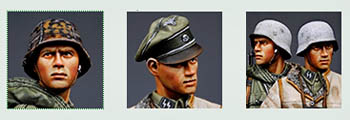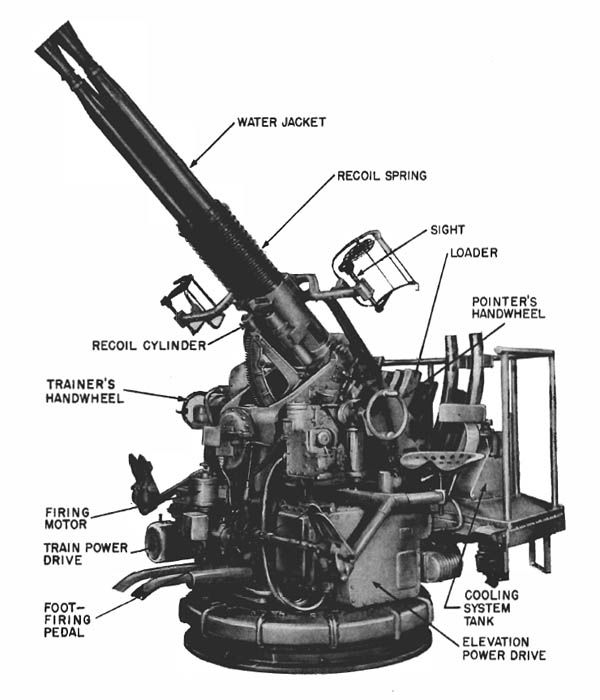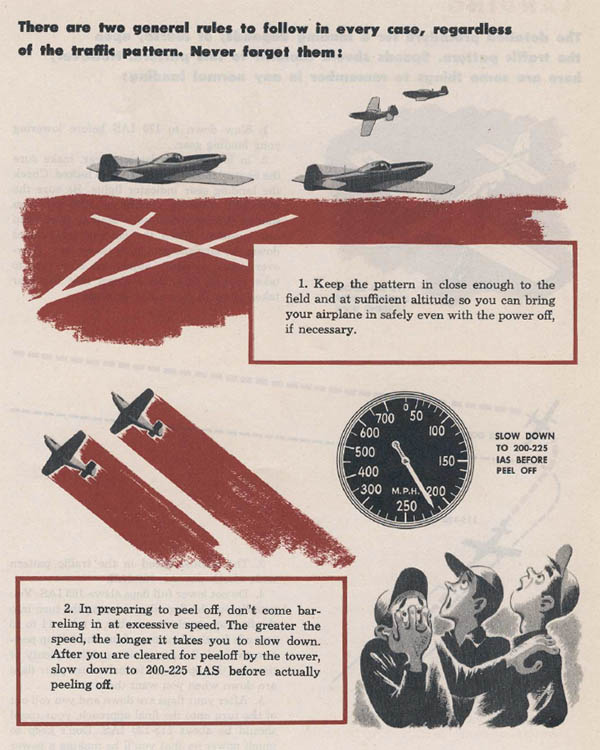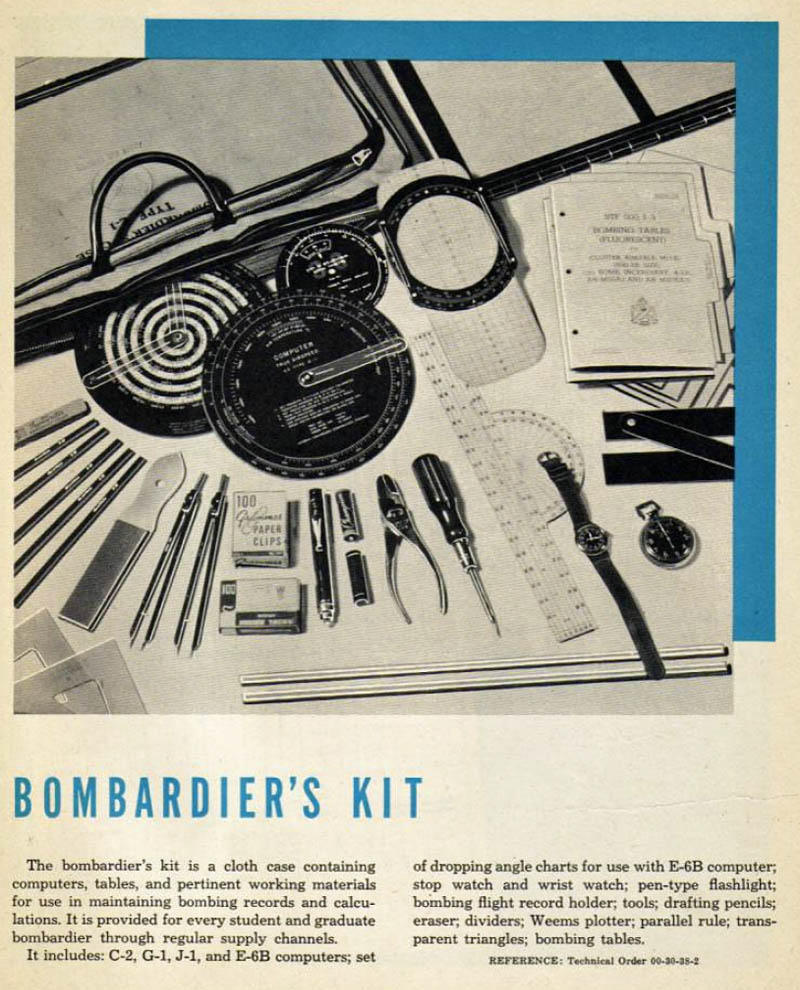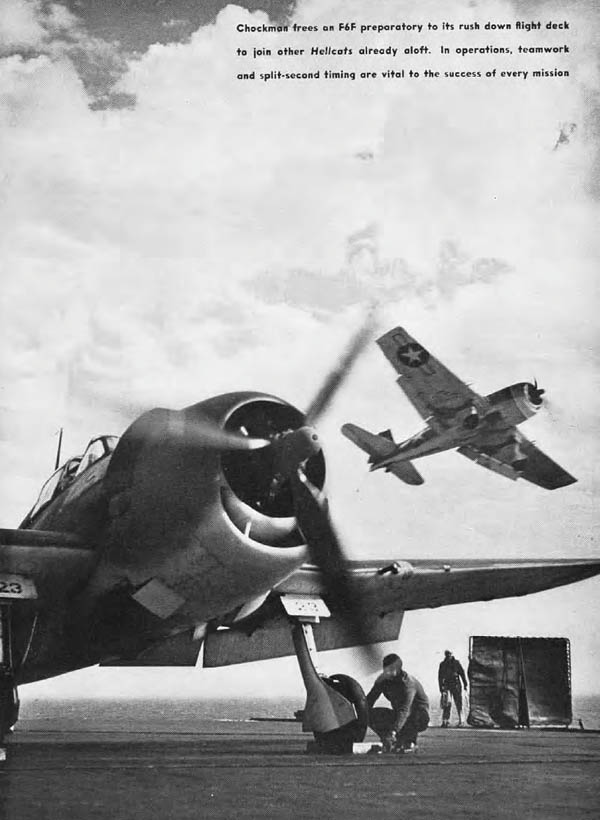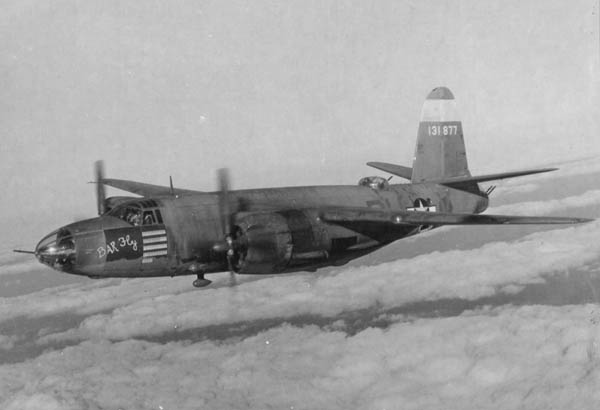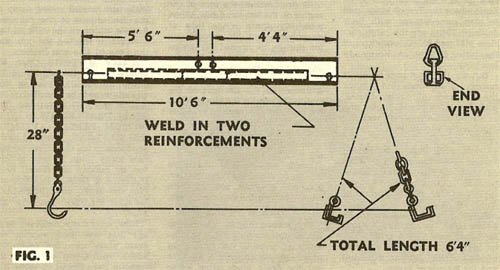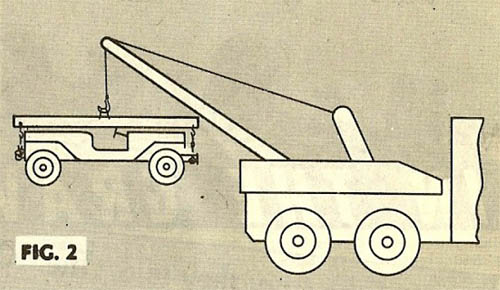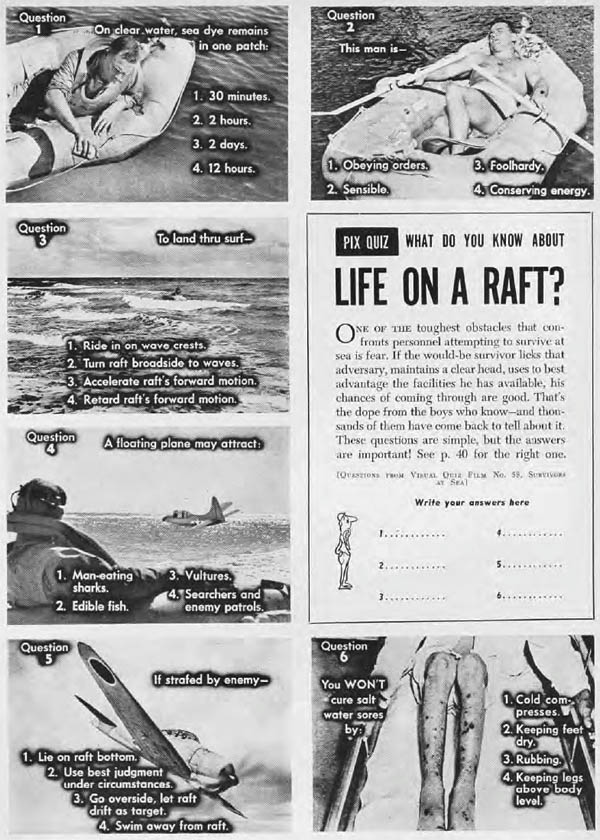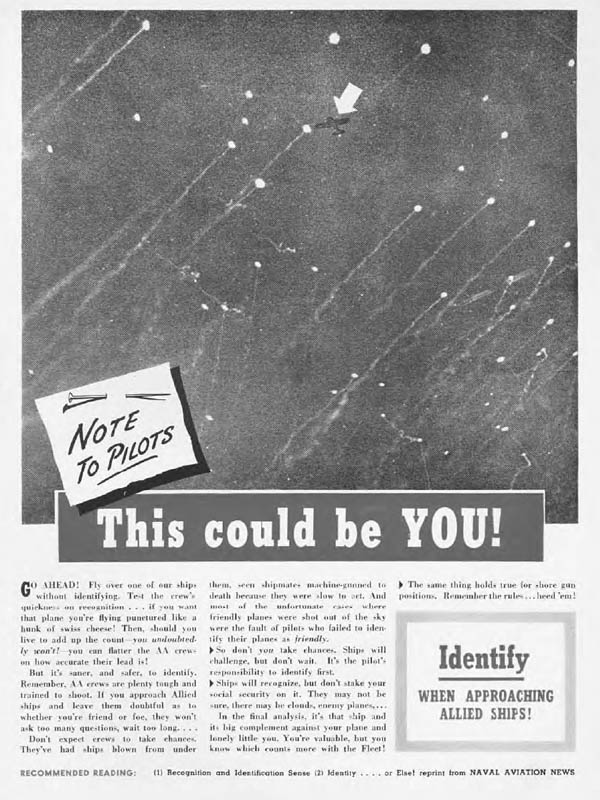Location of escape hatches on the P-61 Black Widow night fighter from the Pilot Training Manual for the Black Widow, P-61, Office of Assistant Chief of Air Staff Training, Headquarters AAF.
Escape Hatches
There are three escape hatches in the P-61. The top of the pilot’s compartment opens to the left when the latch above his right shoulder is released. Normally, he opens this hatch to climb over the back of his seat every time he enters and leaves the plane.
The right side of the gunner’s compartment may be unlatched and pushed out completely. This hatch should never be used except in an emergency. Neither should the RO’s escape hatch. In the early A models, the plexiglas panel over the RO’s head opens in the middle and folds outward to left and right. In later A’s and in the B model, only the port half of this panel opens. It opens out and down.
The chapter on Emergency Operations, Pages 96-105, tells you and your crew when and how to use the escape hatches. It also tells you when to resort to the entrance hatches in bailing out, and how to leave the plane through them when that becomes necessary.

